RARE! WWII June 1943 VIII Bomber Command (Eighth Air Force) Combined Bomber Offensive Aerial Reconnaissance Intelligence "Vertical Panoramic" Mission Photograph
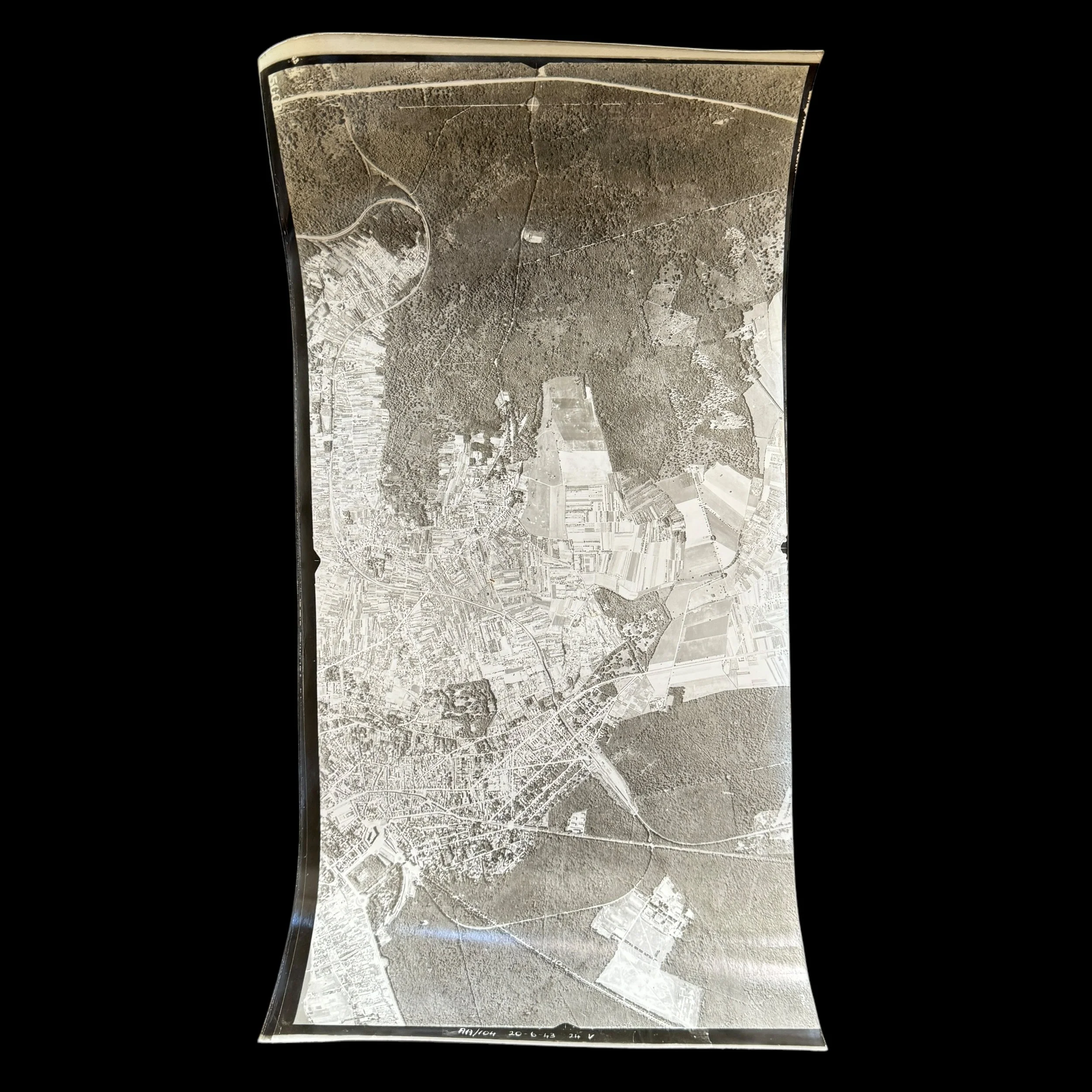

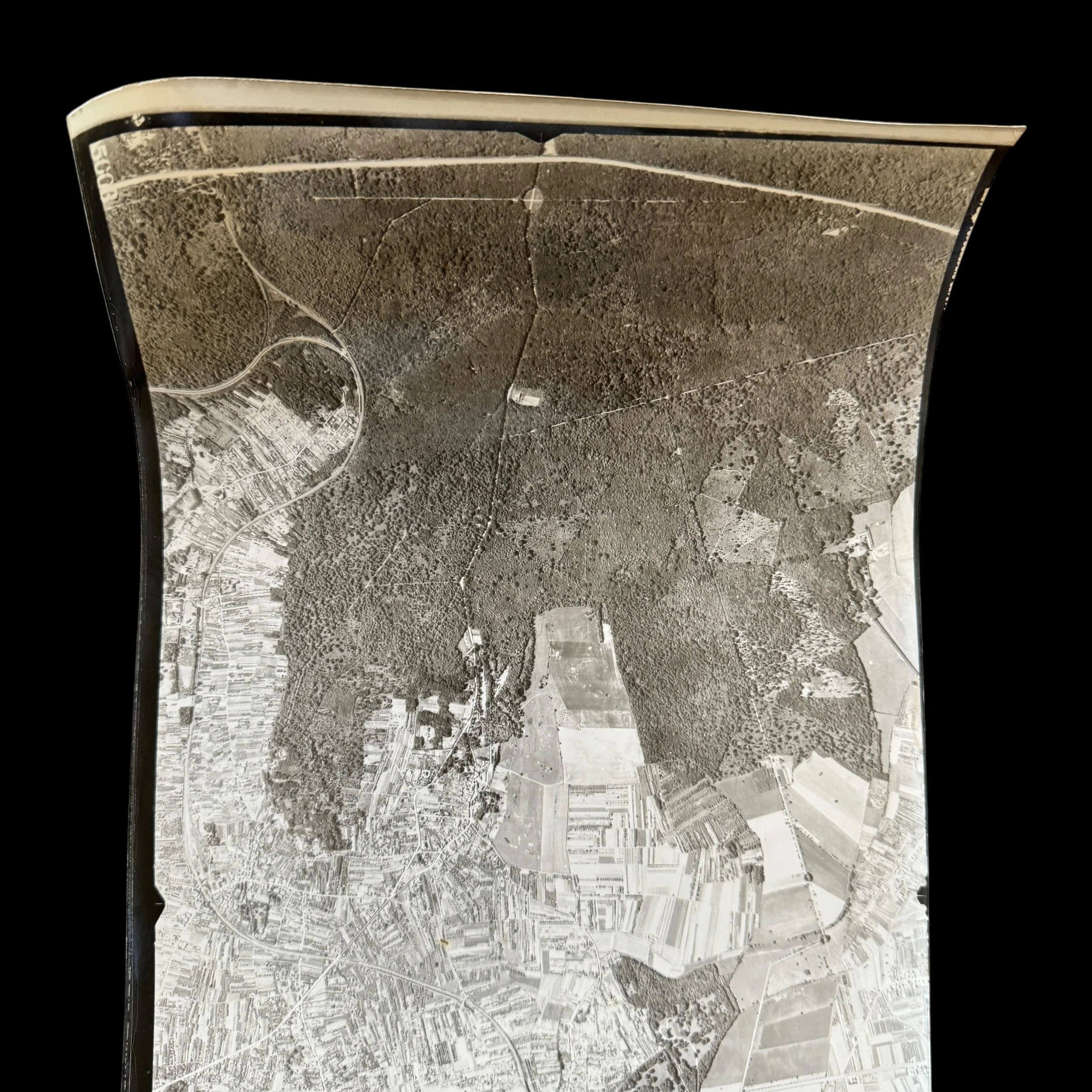
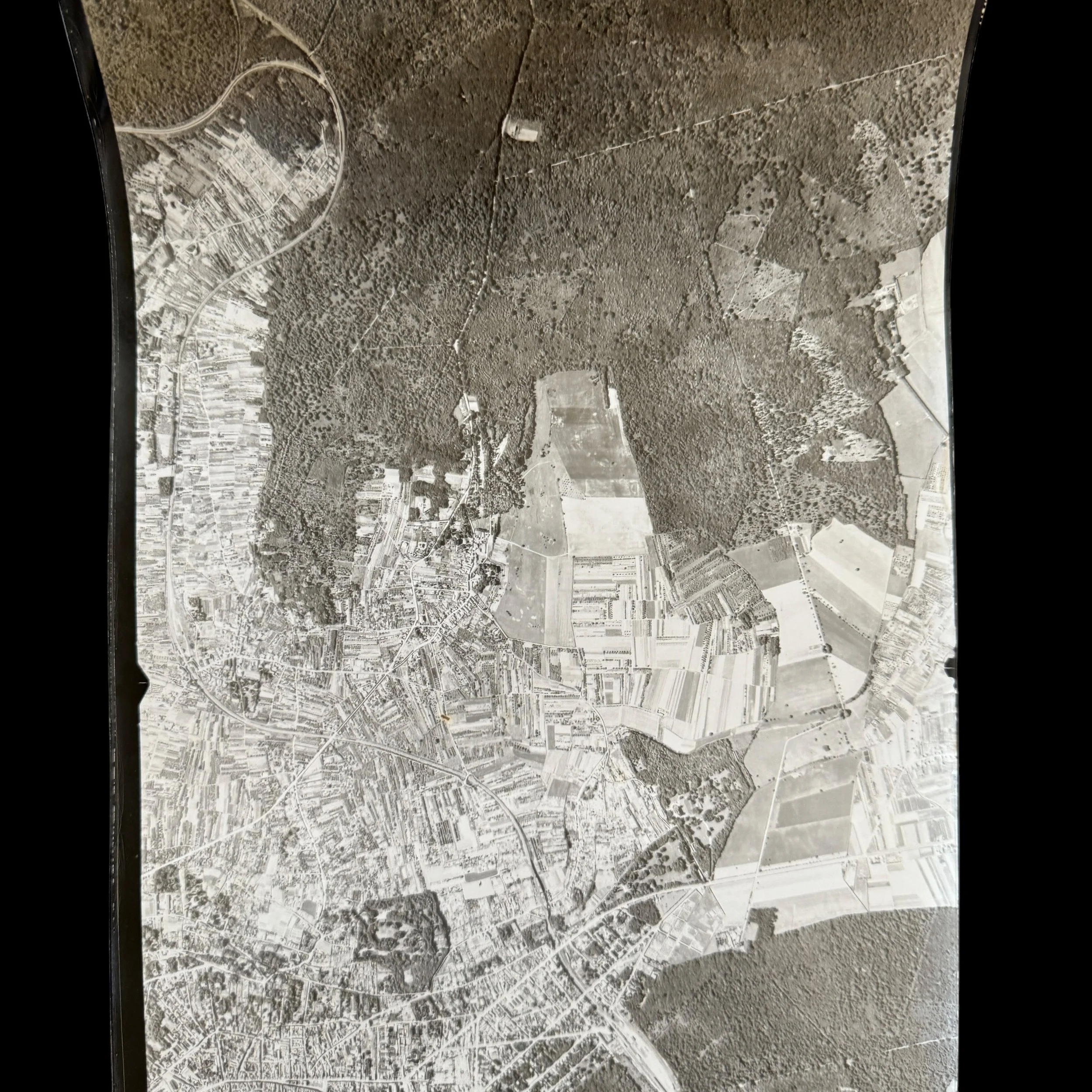
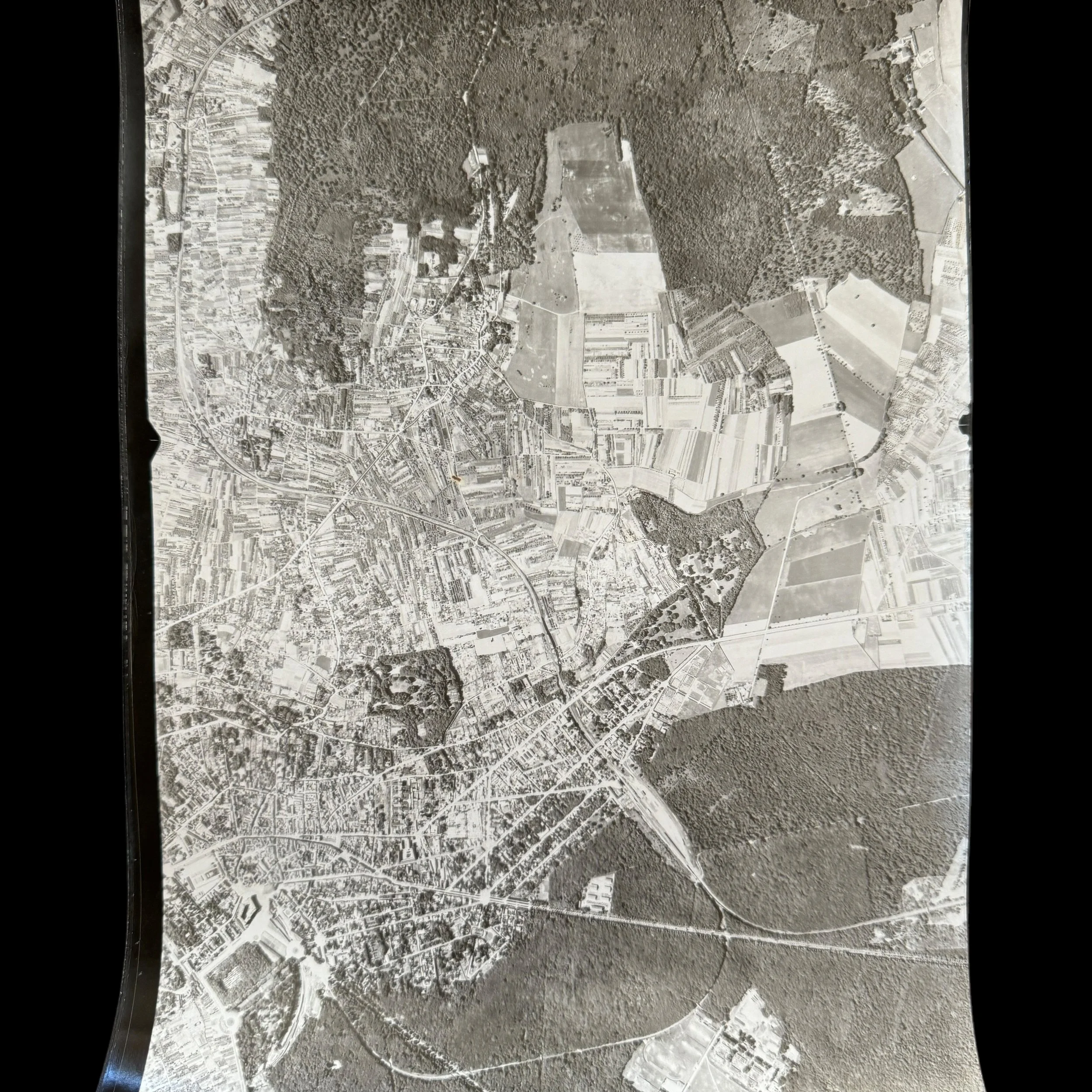
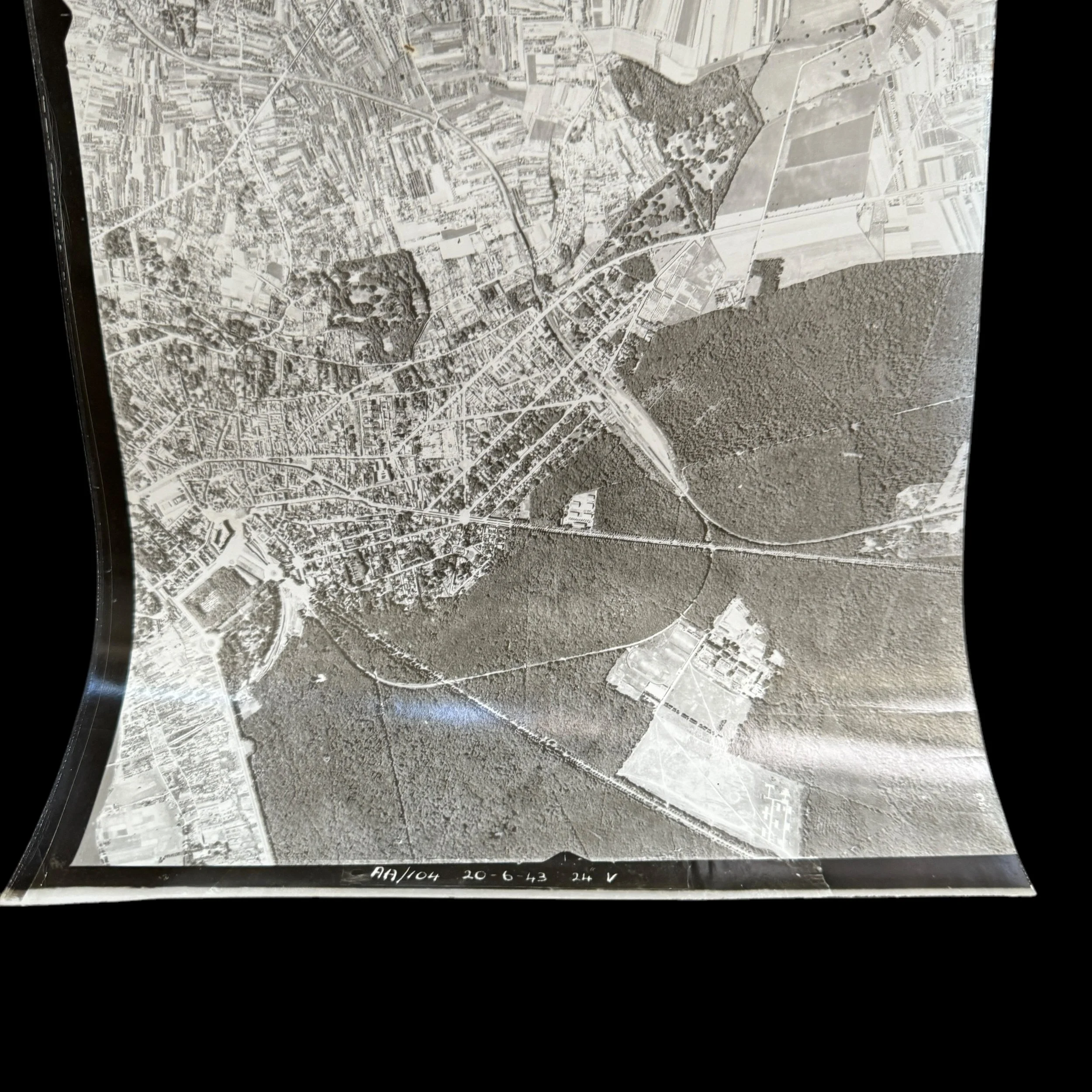
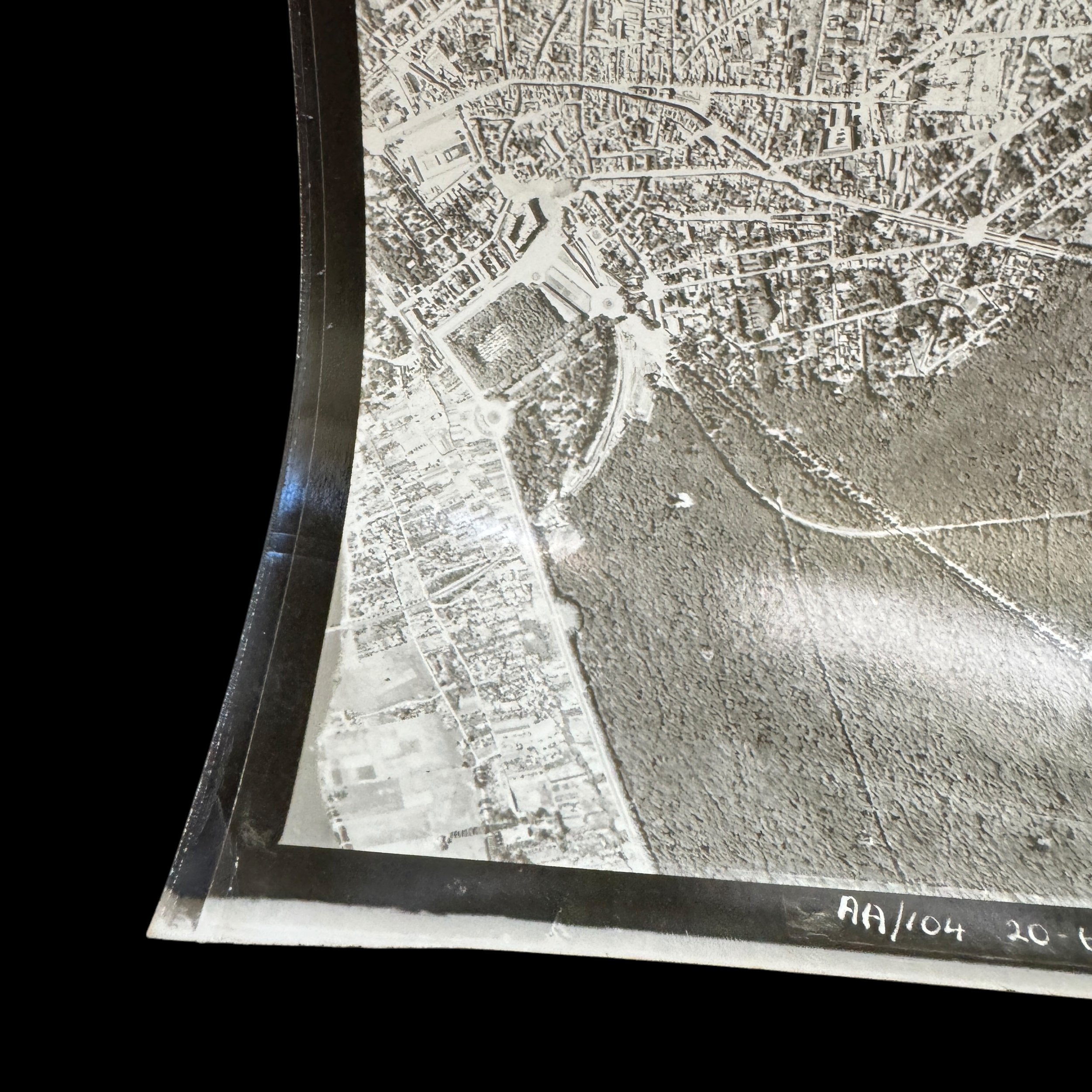
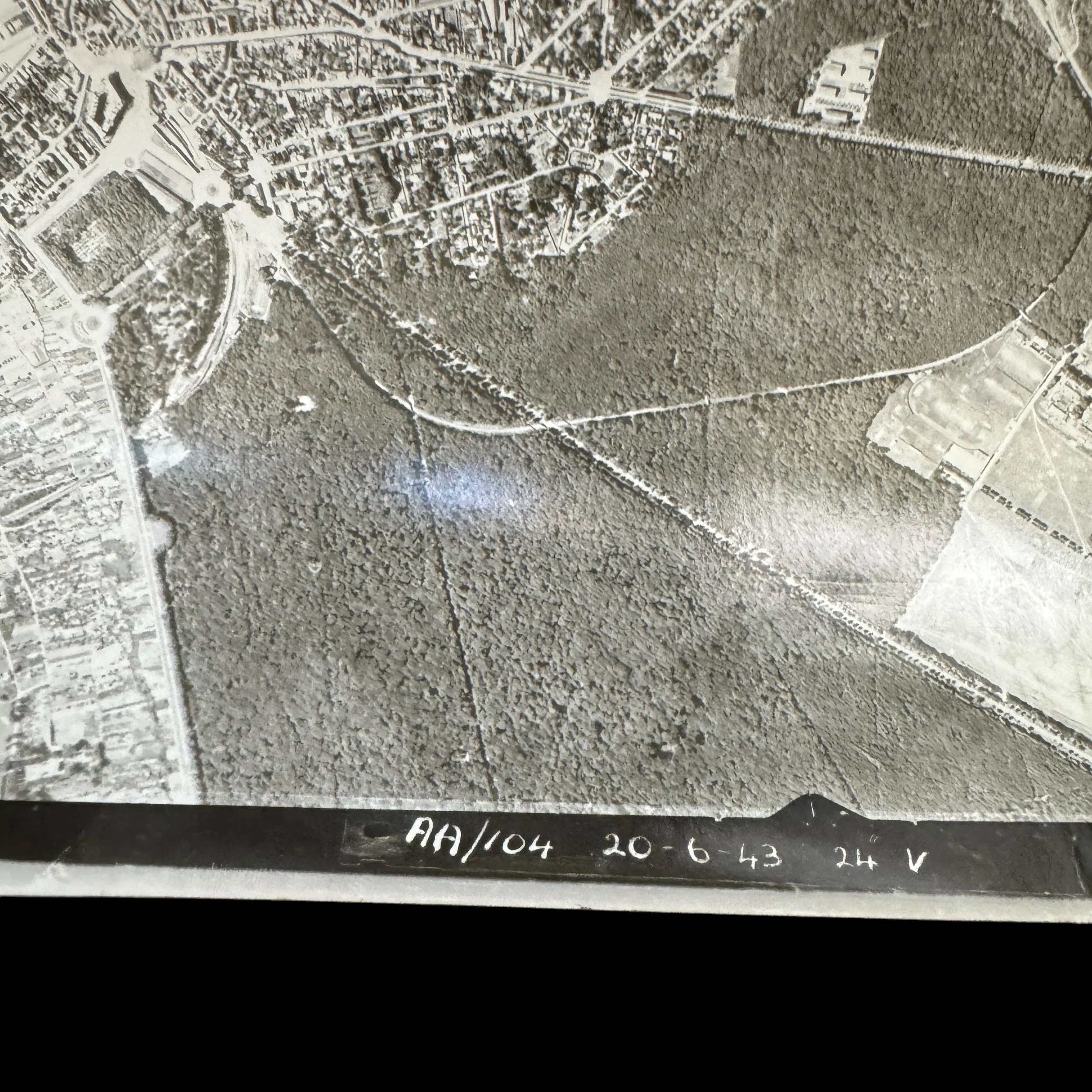
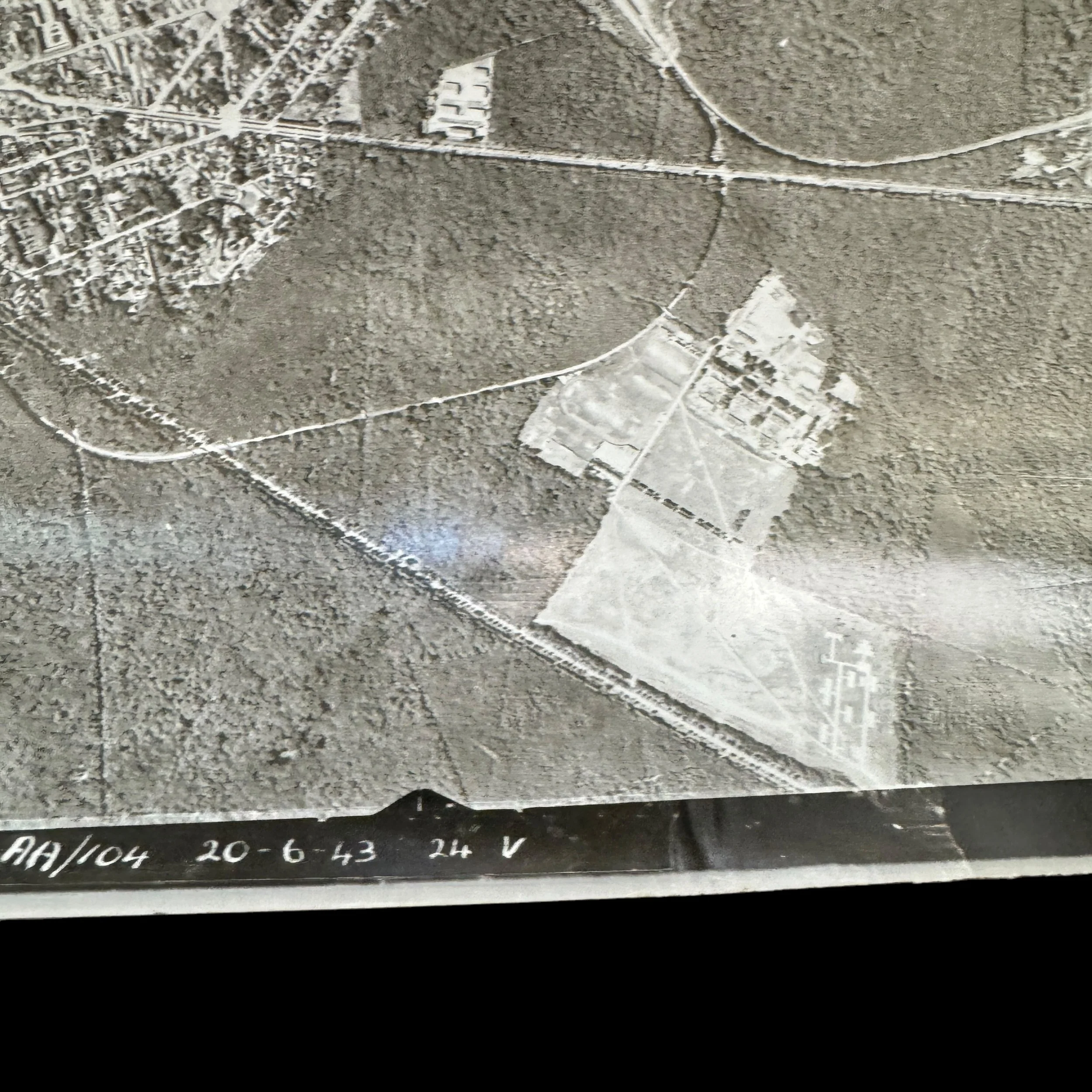
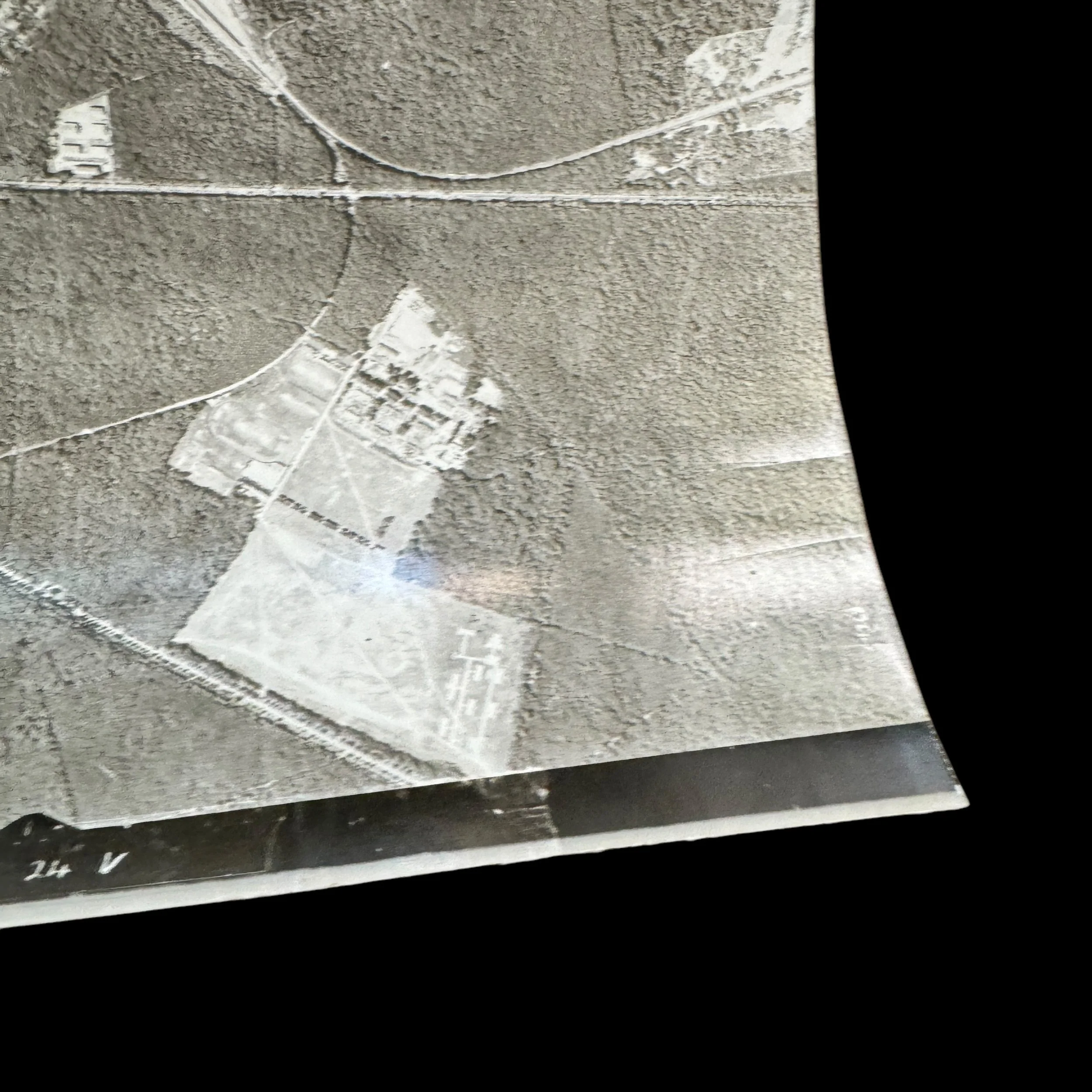
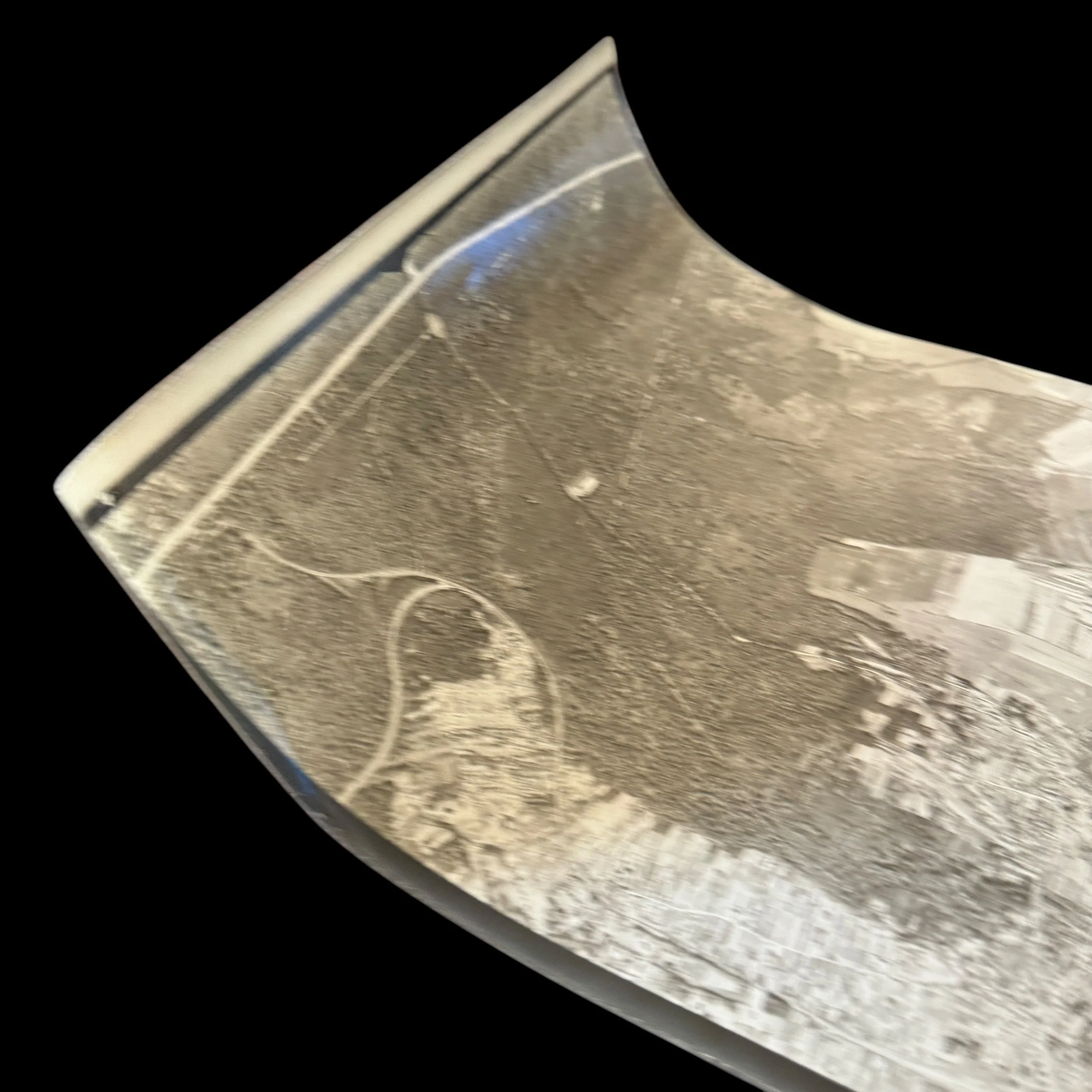
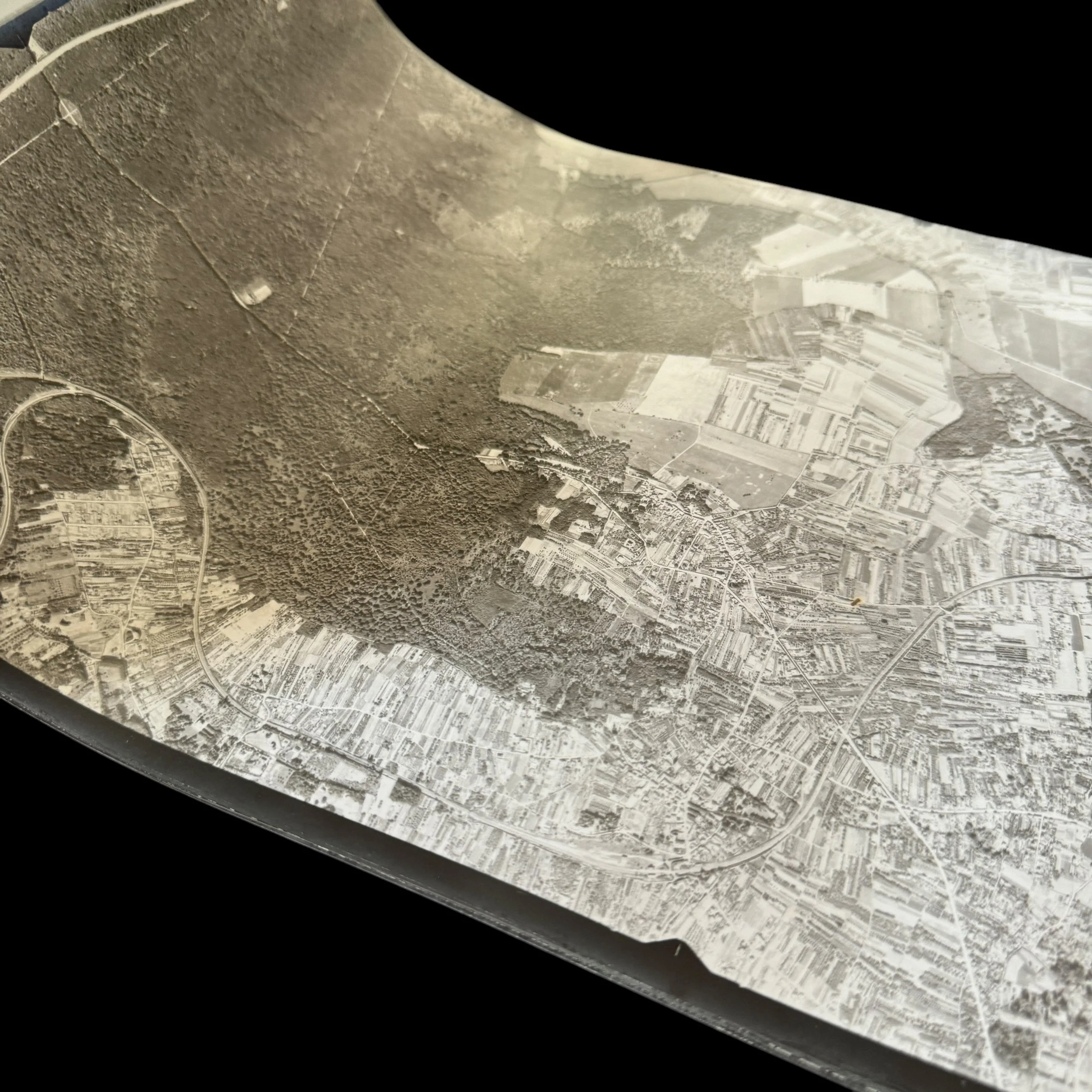
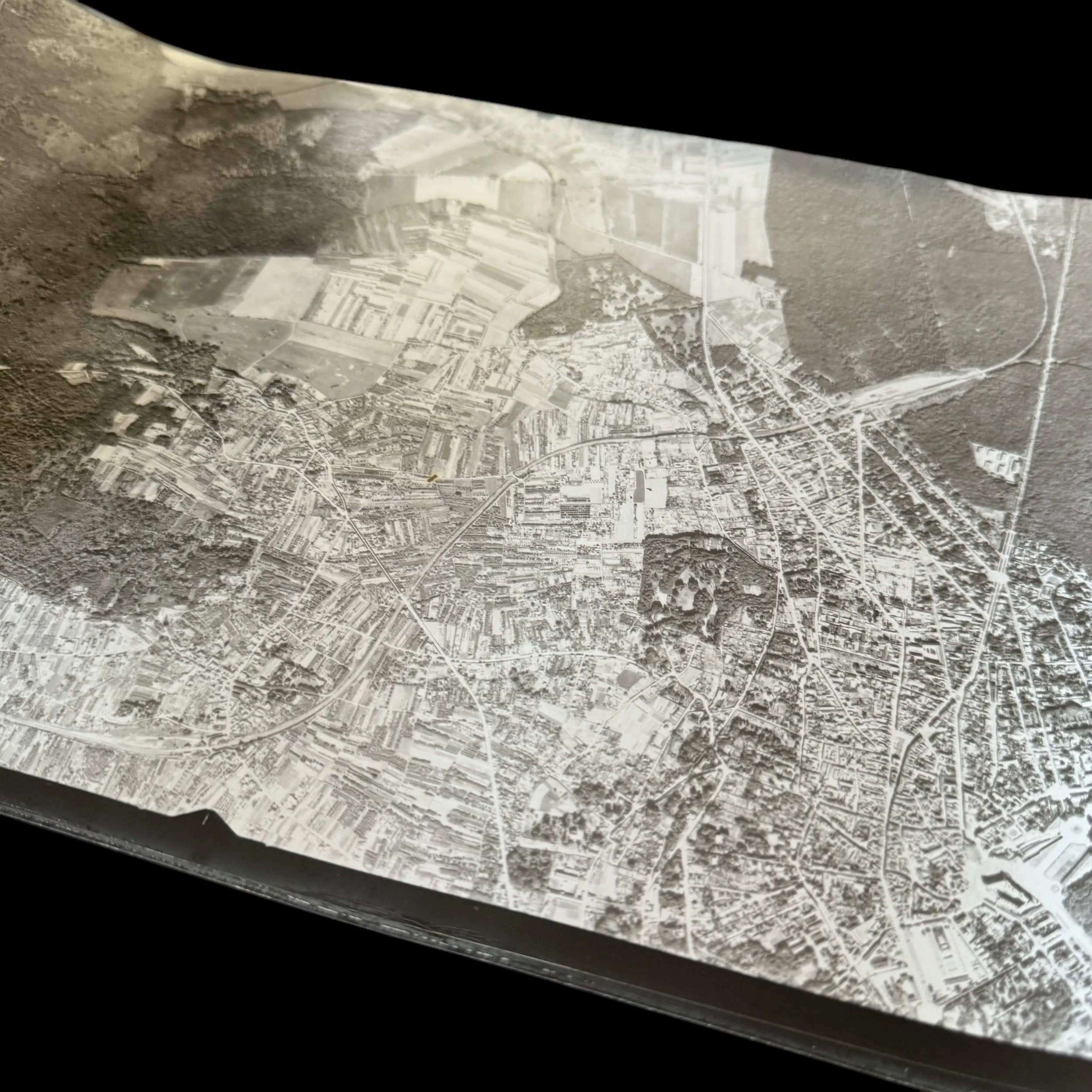
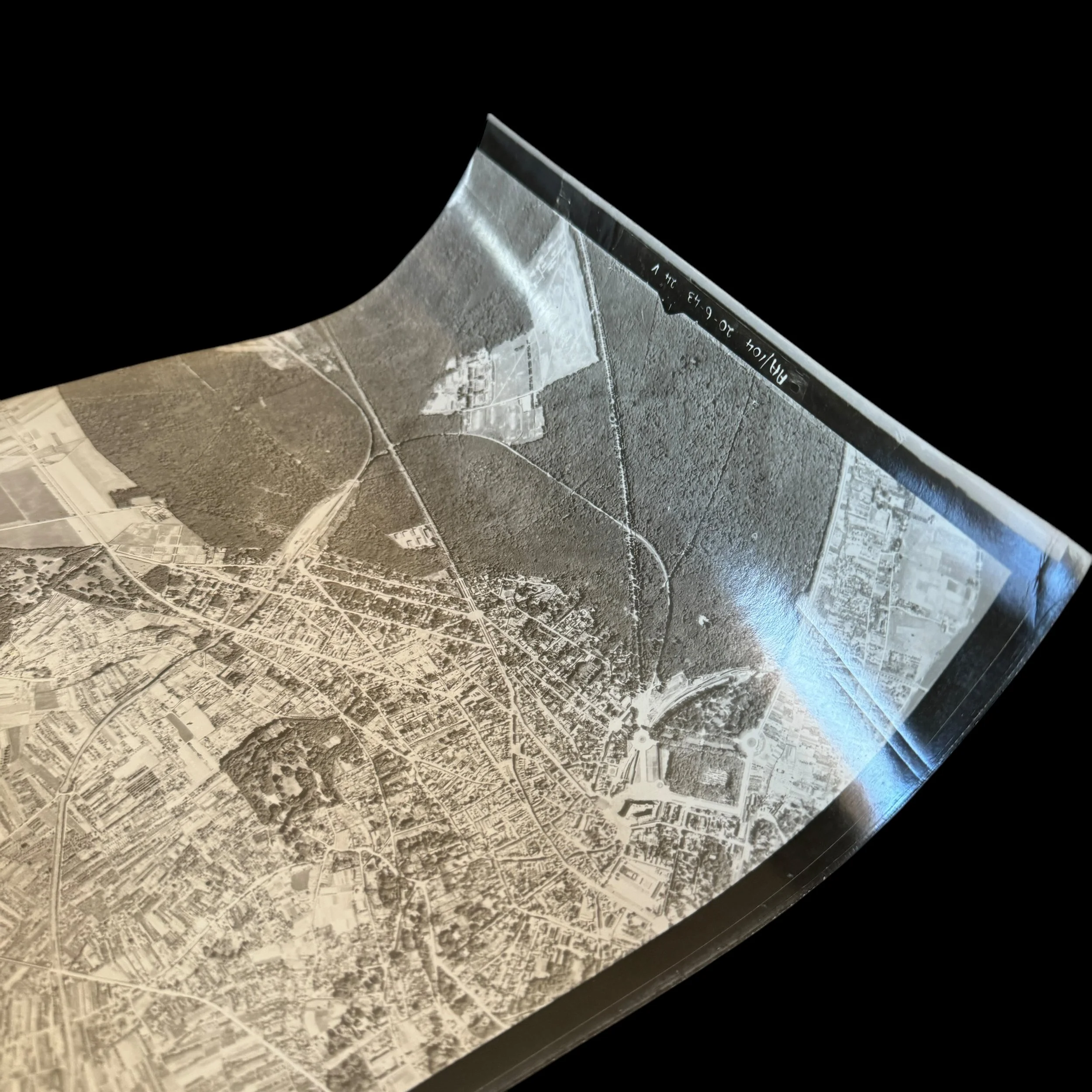
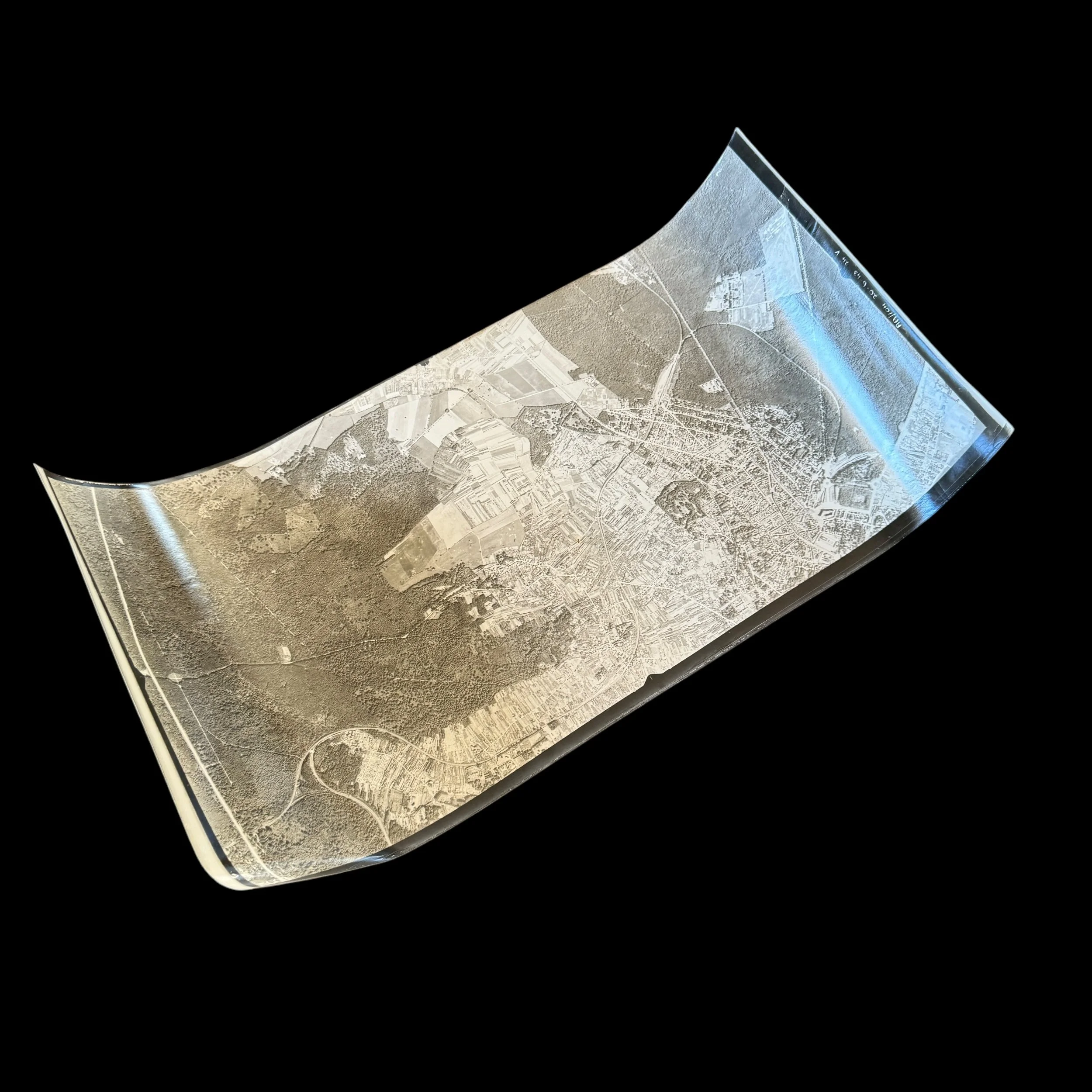
RARE! WWII June 1943 VIII Bomber Command (Eighth Air Force) Combined Bomber Offensive Aerial Reconnaissance Intelligence "Vertical Panoramic" Mission Photograph
Comes with a hand-signed C.O.A.
Mission Date: June 20th, 1943
In June 1943, the VIII Bomber Command of the U.S. Eighth Air Force initiated a critical phase of the Combined Bomber Offensive (CBO), a joint Allied air strategy aimed at crippling Nazi Germany’s capacity to wage war. This marked the formal implementation of the Pointblank Directive, issued on June 14, 1943, which prioritized the destruction of the German Luftwaffe—particularly its fighter aircraft production—over all other targets. The directive reflected a strategic shift, as Allied planners recognized that gaining air superiority was essential to any future invasion of Western Europe. The VIII Bomber Command, equipped with B-17 Flying Fortresses and B-24 Liberators, launched daylight precision bombing raids targeting aircraft assembly plants, ball-bearing factories, and other elements vital to sustaining German air power. These missions were conducted in parallel with RAF Bomber Command's nighttime area bombings, creating around-the-clock pressure on German industry. Throughout June 1943, American bomber crews faced increasingly aggressive German air defenses, often flying deep into enemy territory without long-range fighter escort, resulting in heavy losses. However, the intelligence gathered from aerial reconnaissance photography during and after these raids helped refine target selection and assess bombing accuracy, making these missions more effective over time. The operations of June 1943 thus laid the foundation for the strategic air campaign that would eventually decimate the Luftwaffe and pave the way for the Allied invasion of Normandy the following year.
From: World War II - European Theater
Air Force: VIII Bomber Command - Eighth Air Force
Size: 9.5 × 19 inches
This extraordinarily rare and museum-grade World War II artifact is an original U.S. Army Air Forces aerial reconnaissance photograph taken by the VIII Bomber Command during its operations in the European Theater. A large, Type 1 panoramic mission photograph, it captures a critical moment in the strategic air war waged by the Allies as part of the Combined Bomber Offensive (CBO)—a coordinated campaign between the United States and the United Kingdom to cripple the industrial and military might of Nazi Germany through sustained aerial bombardment.
The VIII Bomber Command, formed as the strategic bombing arm of the U.S. Eighth Air Force, played a central role in executing the American portion of the CBO. Beginning in 1943, its focus was increasingly aligned with the objectives laid out in the Pointblank Directive, which prioritized the systematic destruction of the Luftwaffe’s fighter production capabilities. Issued on June 14, 1943, and confirmed during the Quebec Conference later that summer, the Pointblank Directive marked a turning point in the air war. It unified British and American air strategies by assigning specific target categories to each force: while the RAF continued nighttime area bombing of industrial cities, the U.S. forces—particularly the VIII Bomber Command—intensified daylight precision strikes against high-value targets such as aircraft assembly plants, engine factories, ball-bearing works, and later, petroleum refineries and transportation hubs.
The success of these missions depended not only on the heavy bombers themselves—primarily the Boeing B-17 Flying Fortress and the Consolidated B-24 Liberator—but also on the crucial support provided by aerial reconnaissance. Reconnaissance photography was fundamental to nearly every stage of the campaign. Before each mission, specialized aircraft such as the F-5 Lightning (a reconnaissance variant of the P-38) flew dangerous sorties over enemy territory to photograph target areas. These high-altitude images, captured with advanced vertical and oblique cameras, offered Allied planners detailed views of enemy infrastructure, helping them to select specific targets with strategic value.
During and after bombing raids, specialized B-17 and B-24 aircraft returned to capture post-strike imagery, documenting the extent of damage inflicted on the targets. These images were analyzed by intelligence units back in England—often within hours of a mission—to assess bomb accuracy, determine whether re-strikes were needed, and monitor how rapidly German industry was recovering. The clarity and depth of these photographs often revealed not only destroyed facilities but also hidden construction, troop movements, and evolving defensive measures such as flak positions and camouflaged installations.
The VIII Bomber Command's fusion of aerial reconnaissance with daylight precision bombing was a pioneering element of modern warfare. The photographic material it produced became an indispensable intelligence asset, guiding the course of the air campaign and refining Allied strategic decisions. By late 1943, as American fighter escorts like the P-47 Thunderbolt and P-51 Mustang began flying deep-penetration missions, the survivability of both bombers and reconnaissance aircraft improved, enabling more ambitious raids deeper into German-held territory.
This artifact, a panoramic mission reconnaissance photo, is not merely an image—it is a direct historical witness to the strategic evolution of air power in World War II. It represents the convergence of technology, intelligence, and aerial dominance that defined the VIII Bomber Command’s critical role in dismantling the Axis war machine from the sky.